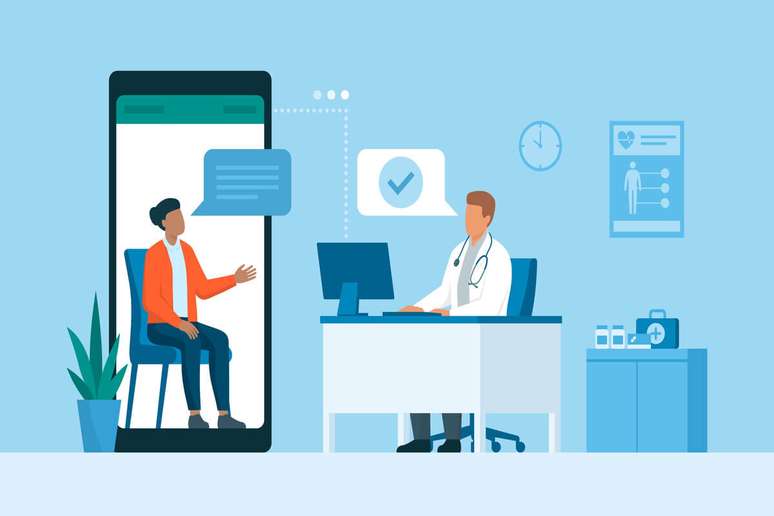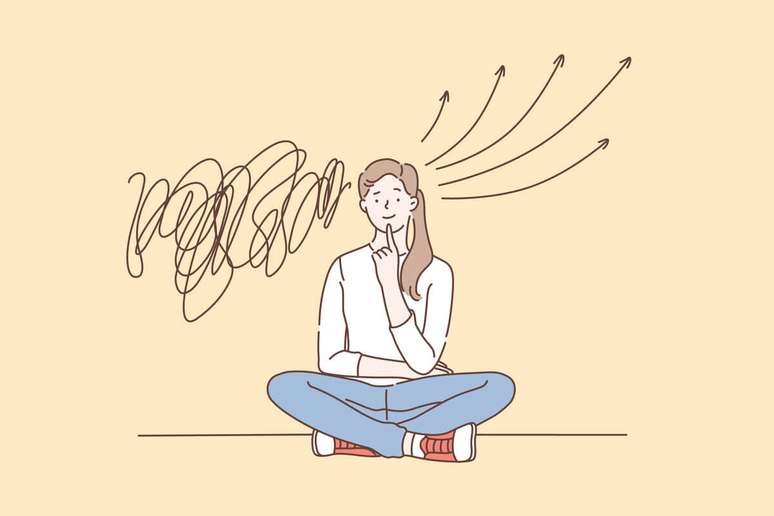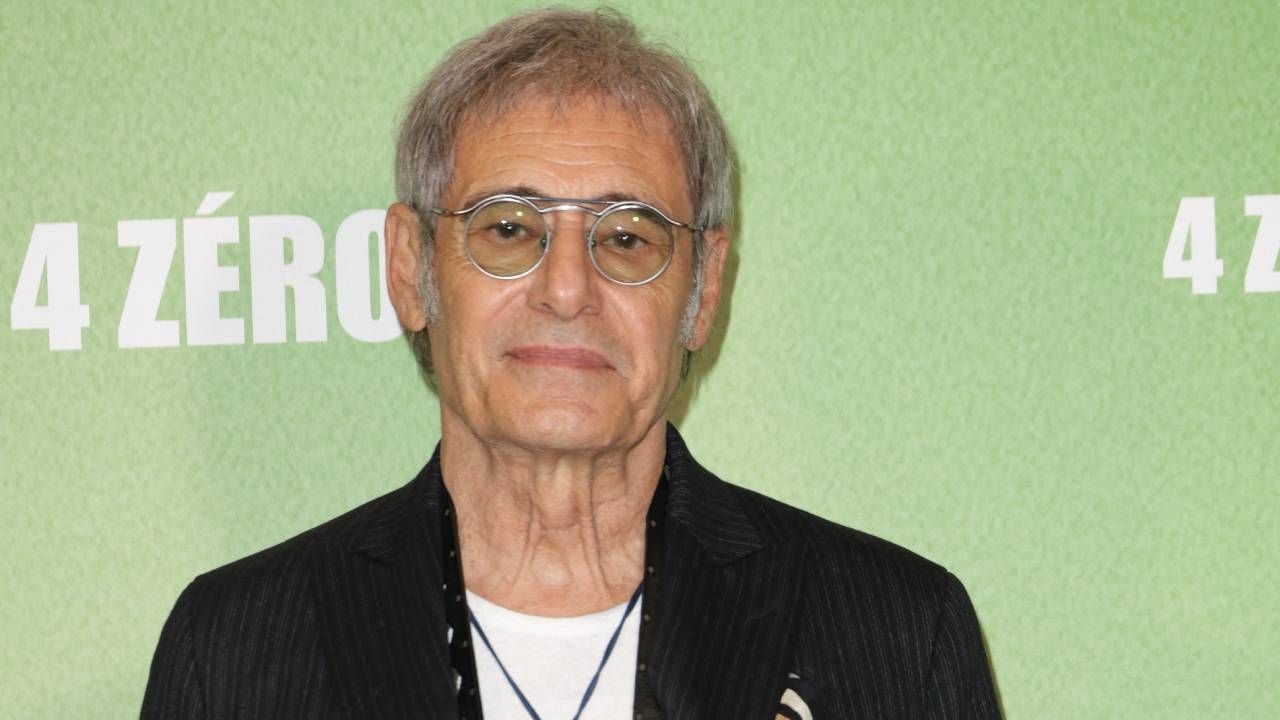The expert explains how a late diagnosis can damage the social life and health of patients
For a long time, attention deficit hyperactivity disorder (ADHD) was considered a condition that only affected children. However, with the advancement of research on the subject, it is now known that it is possible to diagnose the disorder even in an adult person.
html[data-range=”xlarge”] figure image img.img-7a25dcfcb8cbf901c7f1c941e483eaaf6d73ei7p { width: 774px; height: 516px; }HTML[data-range=”large”] figure image img.img-7a25dcfcb8cbf901c7f1c941e483eaaf6d73ei7p { width: 548px; height: 365px; }HTML[data-range=”small”] figure image img.img-7a25dcfcb8cbf901c7f1c941e483eaaf6d73ei7p, html[data-range=”medium”] figure image img.img-7a25dcfcb8cbf901c7f1c941e483eaaf6d73ei7p { width: 564px; height: 376px; }HTML[data-range=”small”] .article__image-embed, html[data-range=”medium”] .article__image-embed { width: 564px; margin: auto 0 30px; }
According to data from the Brazilian Association of Attention Deficit (ABDA), about 2 million people have ADHD in Brazil, but many of them do not know it. This is because, due to the subject’s immaturity, signs of the disorder in adulthood can easily be confused with other disorders.
“[…] The adult with ADHD is the child who has not been adequately monitored or diagnosed. As an adult, due to the urgency and acceleration of life, the tendency is for the disorder to become more evident and cause even more limitations to the individual,” says Dr. Andréa Ladislau, psychoanalyst and neuropsychology graduate
What is ADHD?
Recognized by the World Health Organization (WHO) as a neurobiological disorder, ADHD is a disorder that causes changes in the frontal region of the brain, that is, it alters the connection between the human body and the brain functions performed by this area of the mind.
“To define the causes of ADHD, it is necessary to carry out a complete investigation, individually. Each case is different. However, the most common causes are related to some small alterations in the frontal region of the brain, which controls or inhibits inappropriate behaviors and it amplifies our ability to pay attention, memorize, have self-control, be organized and plan”, explains the psychoanalyst.
types of ADHD
There are currently three types of ADHD recognized by science, and each of them is characterized by a set of behaviors and symptoms. Dr. Andrea Ladislau explains:
- Attention Deficit Hyperactivity Syndrome: the individual may have difficulty concentrating, focusing, and completing tasks. This condition can affect the academic and professional performance of patients;
- Hyperactive/impulsive ADHD: in this case the person feels the need to move continuously and is usually restless. “When sitting, the person continues to move his legs all the time, without controlling his actions, or, at least, without realizing it. Impulsivity is also very frequent, so much so that this individual has a strong tendency to have speeches restless and interrupted, out of pure anxiety”, explains the professional;
- Mixed/Combined ADHD: combination of carelessness with hyperactivity and impulsivity. Here, the patient has all the symptoms of the previous two types of ADHD at the same time.
ADHD symptoms in adults
According to the expert, the set of symptoms of the disorder is broad and can vary from person to person. Therefore, not all patients with ADHD experience the same symptoms, but among adults the most common are:
- inattention;
- Organization and planning problem;
- Procrastination;
- memory impairment;
- internal restlessness;
- Difficulty relaxing;
- Starting several things and stopping in between;
- Difficulty managing emotions and making decisions;
- Repeat mistakes often;
- Resistance to interaction.
“[Na fase adulta] the symptoms are more evident, also because we are social beings and, in this way, we relate to each other at all times, which makes disconnected attitudes and behaviors more evident in the eyes of the other, generating discomfort. And, if you don’t treat them, they can intensify more and more,” explains Dr. Andréa Ladislau.

Diagnosis in adults
Although the diagnosis in adults is different from that performed in children, due to the intensity of the symptoms caused by late diagnosis, in this phase it is also important to be aware of the habits that are recurring and that influence everyday life. This helps identify the disorder and prevent symptoms from getting worse.
“ADHD is not the end of the world […]. By being aware of weaknesses, strengths, what is an unwanted habit or even out of control, strategies can be created to minimize impacts and lead a healthier life. The point is to recognize habits, attitudes and behaviors that limit you”, declares the psychoanalyst.
As for the fact that some adults have already been tested as children and do not get any results for ADHD, but are diagnosed in adulthood with the disorder, the expert explains that the fact could be related to the intensity of the disorder.
“Each case is unique and needs to be investigated; however, the explanation could lie in the fact that, in childhood, the symptoms were very mild, to the point of being imperceptible or even without limitations that made the individual’s daily life difficult” , highlights Dr. Andréa Ladislau, who explains that there is another possibility, that other comorbidities have stood out in relation to ADHD.
Treatment of ADHD in adults
Treatment for the disorder is indicated after diagnosis by a professional. This is done by a thorough analysis of the patient’s lifestyle, as there are different mechanisms to combat the effects of the condition and improve the adequacy of habits. Among some of them, Dr. Quotes by Andrea Ladislau:
- Practice exercises regularly;
- Have good sleep hygiene;
- Eat healthy;
- Create your own spaces for activities (which will make you feel safe and avoid dispersion);
- Plan yourself with agendas and organizing to-do lists;
- Working memory with specific games that also help develop concentration and cognitive skills;
- Be careful not to get involved in multiple tasks at once and always finish what you started.
“Therapy, both for adults and for children, is essential, precisely to identify which are the most recurrent deficits and define the therapeutic conduct […]. If the intensity and number of associated symptoms are higher, the specialized professional can develop, with the patient, some support mechanisms to help him overcome his daily limits,” says the specialist.
Consequences of non-treatment
Treatment of ADHD is important to maintain the well-being and social interaction of the individual, since most of the symptoms caused by the disorder alter their actions and, if not recognized, generate other obstacles. This is because the person can often feel guilty for not understanding their attitudes.
“The consequences of ADHD in later life, when left untreated, are associated with other symptoms that the condition can lead to, such as depression, panic, social phobia, severe mood swings, eating disorders, severe memory loss, forgetfulness, among others,” concludes Dr. Andréa Ladislau.
Source: Terra
Ben Stock is a lifestyle journalist and author at Gossipify. He writes about topics such as health, wellness, travel, food and home decor. He provides practical advice and inspiration to improve well-being, keeps readers up to date with latest lifestyle news and trends, known for his engaging writing style, in-depth analysis and unique perspectives.





![Tomorrow belongs to us: What awaits you on Tuesday, July 15, 1987, July 15, 2025 [SPOILERS] Tomorrow belongs to us: What awaits you on Tuesday, July 15, 1987, July 15, 2025 [SPOILERS]](https://fr.web.img3.acsta.net/img/ec/5b/ec5be625b7977834b0470366ee256862.jpg)


